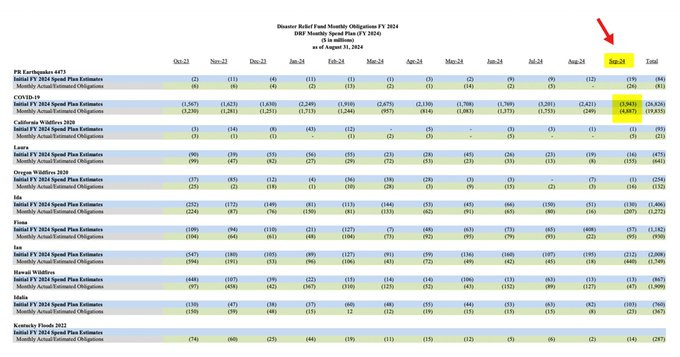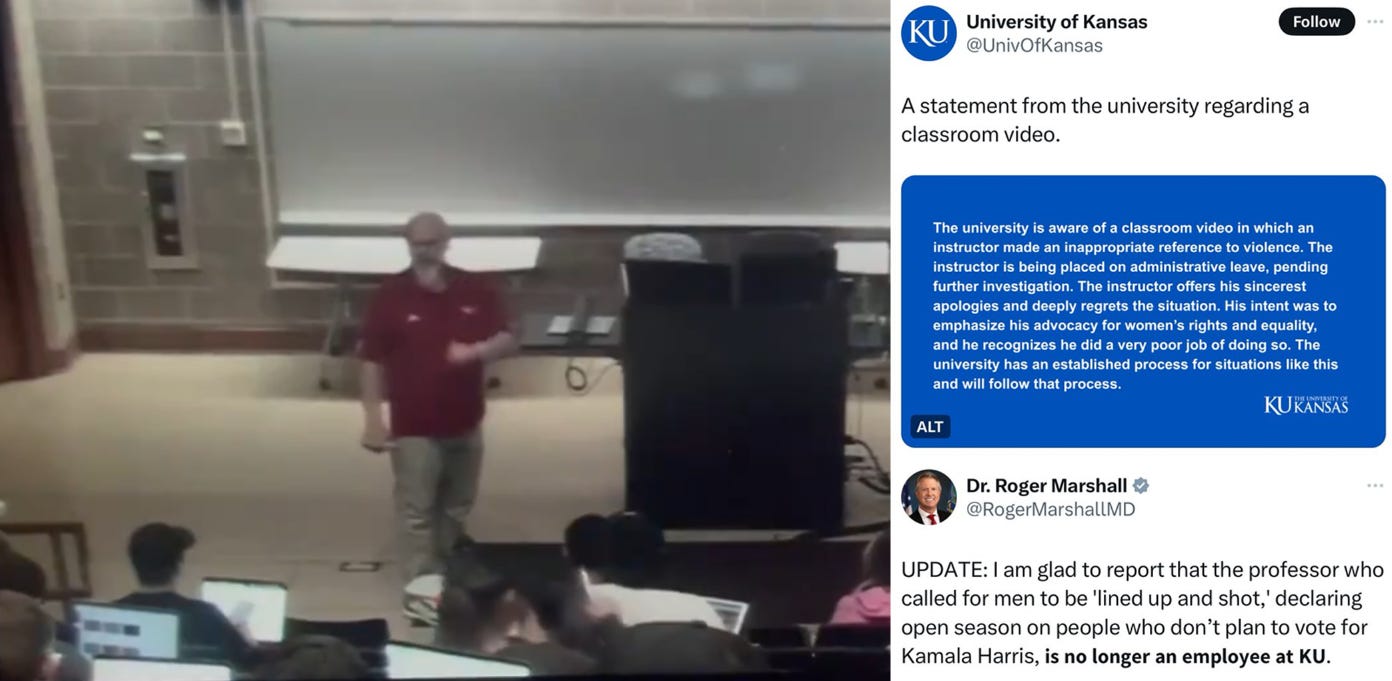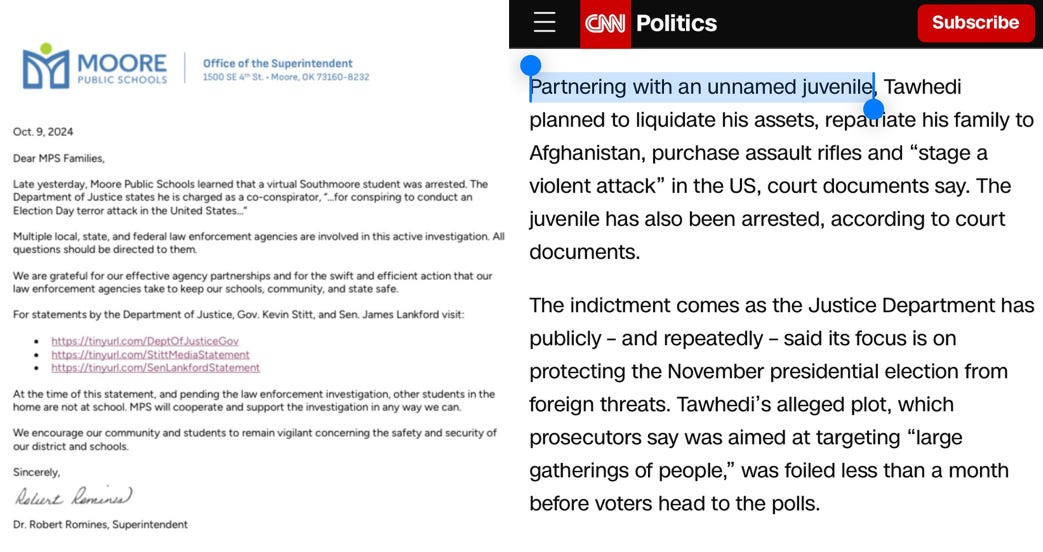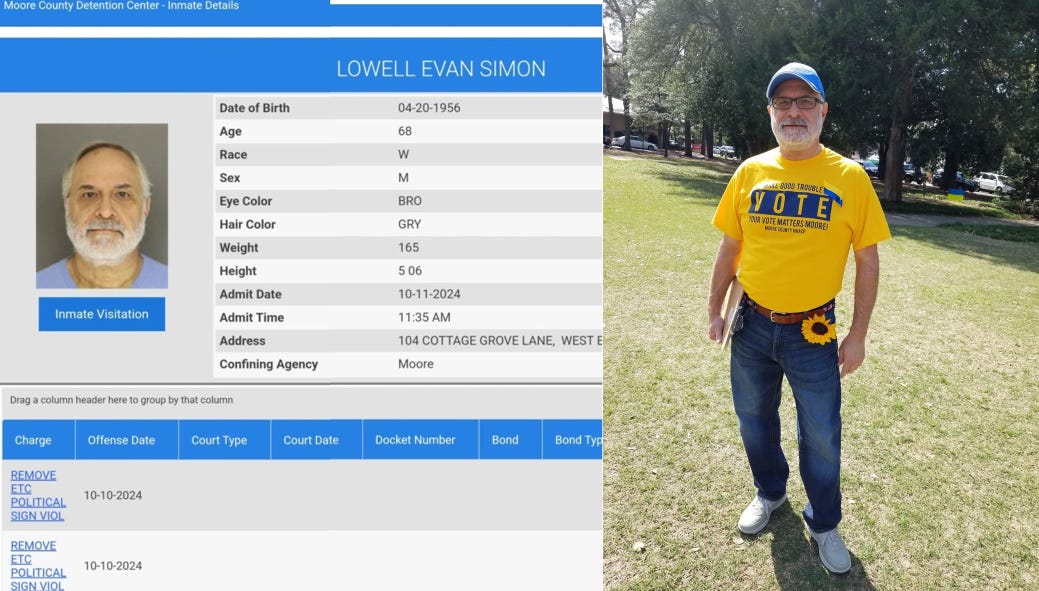
After their crowdfunding campaign back in 2019 and slow teases in the years since, there’s a new fighting game finally arriving on the scene that attempts to recapture the magic of the arcade era.
Blazing Strike from RareBreed Makes Games and Aksys Games is set to launch on October 17 for the PlayStation 5, PlayStation 4, Nintendo Switch and PC. Does the retro-styled 2D fighter live up to the years-long wait or fall short of its lofty ambitions?
Blazing Strike is very clearly inspired by the arcade greats of the late ’90s and early 2000’s including Street Fighter 3: Third Strike and Garou: Mark of the Wolves, but there’s certainly one major difference between those and this project that makes it stand out.
A solo developer in Mark Minkyu Chung handled seemingly the majority of the game’s creation all by himself. That includes the programming, character designs, art direction, animation and story though he did have assistance on netcode, illustrations, cleaning up the sprites and sound at least.
So this whole project and game world feels like Chung’s baby that he’s poured years into building from the ground up, which has its own special charms, but also shows some clear limitations on what a single person can do even with some help.
Most of the focus on Blazing Strike was put into the gameplay and character sprites, but as a result, the other aspects of the game remain barebones, rough around the edges or seemingly even unfinished.
In many ways, it does feel like a fighting game that could have released in 2000 with some more modern character designs. That both helps and is a detriment to the title, which definitely doesn’t stand up to the polish the classics that Capcom and SNK brought to the table.
This is basically the definition of a mixed bag, and it’s a bit wild the game is being priced at $40 USD at launch.

Blazing Strike is a 2D fighting game with retro-style character and background sprites that seeks to invoke nostalgia for the arcade days while bringing something new to the table though much of it feels like a “greatest hits” of what came over 20 years ago.
The game launches with 14 characters (and maybe a few more for beating the Story mode) with a nice range of archetypes and aesthetics that many fighting game fans should be able to latch on to at least one of them.
You’ve got a pink Mad Max girl with Sol Badguy’s sword, a blind techno snake charmer that feels like a mix of Street Fighter’s Rose and JP, SNK’s Ralf with a Dragon Install, Taekwondo Cammy lookalike, a giant grappler wearing a tiger’s pelt, cyber ninjas, a Yakuza guy with an absurd jump-back fireball, your semi-typical Shoto and more.
That’s combined with 11 stages to pick from as well though two are locked away at the beginning, so there’s more playable content than what you’d expect from a mostly solo endeavor though that doesn’t necessarily work in the game’s favor.
We’re never one to call for less content, but it does feel like if maybe the game’s scope was scaled down to maybe 10 characters, the overall experience would feel more polished and fleshed out.
Characters themselves are nicely detailed in the sprites and were given the Street Fighter 3 treatment of giving their costumes added movement animations, which is impressive, though actual attack animations range from very cool to looking a bit off.
Most of this game’s appeal is going to come down to how much the core gameplay and expanded mechanics interest you because there’s not a whole lot else going on otherwise.
So let’s start off with the more positive aspects of this new title.

At the surface level, Blazing Strike does feel fairly similar to SF3 and Garou in how basic combos may only involve 2–3 normals into a special and then maybe a Super in this 4–button fighting game, but the true depth lies in its involved system.
Rush is the main mechanic that powers the game in some very similar ways to the Drive Gauge in Street Fighter 6 while being used for even more capabilities to the point you’re going to be holding down the designated button (R1/RB by default) for a large amount of matches.
It’s designated by the meter above the health bar for each character and drains constantly while being held down. At the very basics, Rush is how you perform dashes / runs, back dashes and super jumps. There is no manual forward, forward dashes in this game, which can certainly take some getting used to if you haven’t already experienced a different game with a dash macro like Guilty Gear Strive.
Beyond that, however, is where the real meat in the gameplay lies as holding down Rush also allows you to use Rush Attacks that act like up to 3–hit auto combos and very useful. Most characters also have an EX normal and / or special that can be used with Rush as well to add more powerful effects to moves like additional hits, ground bounces and wall bounces for much more combo possibilities.
What’s probably going to be the most important aspect about Rush on offense, however, is how it can be used like a fast Roman Cancel or dash cancel that allows you to link together attacks that normally wouldn’t be possible like two heavy normals and carry on from there.
It seems there’s two ways to do this between holding Rush from the start of the first attack to immediately cancel into the next or pressing forward plus Rush on the first hit to do the dash cancel to access some different links that are stricter to pull off.
Because of this, we were able to find a fairly simple infinite loop with Shinsuke that can touch of death in the corner basically just linking his heavy punch into itself over and over, so there’s probably more whacky stuff to be found among the cast.
The game did feel a bit limited and stiff at the start, but after a few hours and coming to understand the mechanics, we found ourselves having much more fun and seeing open doors into open doors for interactions the Rush systems make possible.
You can also activate Blazing Rush once per round that gives you an unlimited amount of Rush to use as you please for around 10 seconds, but then it won’t recharge for the rest of the round.

Each character also has a unique Rush Ability by pressing the button twice that does very different things across the roster. Pink refills her fire charges, MJ gets an overhead and Mochizuki gets a directional teleport, but we still don’t know what all of them do because there’s a pretty significant issue with learning the game.
Almost none of this information is found in the game itself. There is no tutorial, character guides or even in-game definitions about what these mechanics are or how they work beyond the character move lists, which still doesn’t cover a lot.
Yes, a classic arcade fighter doesn’t tell you all this either usually, but this is a new game in 2024 with an integral mechanic that can be used in a dozen different ways that you are not likely to figure out yourself right away or at all without seeing someone else more experienced play because the computer fighters don’t use them much either. Many of them aren’t mentioned anywhere to even know they exist.
After a few hours with the game, I had no idea Blazing Strike had SF3-styled parries by pressing forward before getting hit by an attack until I watched an official stream for a while.
There’s another way to use Rush defensively as well with the Rush Parry, which works more like a combo breaker and has the chance to break the game if it’s not balanced properly.
While getting hit by a Rush Attack or normal in a combo, you can press forward and Rush to try and counter it. Doing so at the right time breaks the combo and freezes the opponent for a second, leaving them open for a punish.
It feels very powerful at the surface because you can essentially punish the opponent for hitting you. You are draining your Rush while attempting this, and it can be baited and punished at higher levels though we get the feeling Rush Parries could be very prominent in real matches.
If you end up using up all your Rush meter, your character becomes temporarily dizzy, so you don’t want to overuse the mechanic all the time. We haven’t run into that being much of an issue so far, however, as it also refills very quickly when not in use.
Controls
Blazing Strike has fairly typical fighting game controls with motion inputs, but there’s still a few things here we wanted to touch upon too.
The game feels mostly fine across both pad and arcade stick from our testing with a few odd quirks that may lead to some irritation.
There are seemingly no quarter-circle forward motions in Blazing Strike because even moves that would traditionally use them like projectiles instead use half-circles. The game isn’t as strict with inputs as actual old-school fighters, but if it doesn’t register one of those five motion inputs, your special move is not coming out.
We had initial issues with this on the d-pad where one of the diagonals may not fully register unless you really deliberately make sure to try and roll through them right (but also not too slowly). This was not really an issue on stick though.
There’s also some weird inputs like one of Ryohei’s specials that requires a forward, back, forward motion that is also very awkward to hit consistently on pad.
As for stick players, having to hold down the Rush button all the time with presumably your ring or pinky finger may not be the most comfortable either, so it could be a good idea to mess around with the button layout.

Outside of the matches, Blazing Strike feels extremely basic, but at the same time trying not to fall apart.
Menus feel like a bland version of Street Fighter 2, yet can also feel sluggish / unresponsive at times, leading you to press on the wrong option sometimes.
Sound mixing is all over the place, and there’s some very badly compressed audio that’s used in a few places.
The main menu sound effects, for example, sound as though they were ripped from a PlayStation or Gameboy Advance Mega Man game, but there’s a bad crackle sound whenever you move between options every time.
As mentioned before, the character sprites look good in their idle stances and in motion generally with some exceptions, but darker stages can make it hard at times to follow the action depending on what the fighter is wearing.
Most of the game’s music is decent, the gameplay sounds are typically good enough and the full artwork for character portraits look cool, but that’s about all of the good I have to say on that until we talk about the Story mode.
We also noticed at least two instances where character move lists appeared to have erroneous inputs on a move.
And there’s times where graphical layers do not display correctly or in the right place like combo hit counters continuing to appear over the move list screen.
The back button option doesn’t appear to work either on the character select screen despite displaying one.
On PC, there are no graphics or resolution settings whatsoever, and it doesn’t even seem to have a true fullscreen mode. You can get a borderless window by hitting ALT + Enter, but that’s it.
I ran into seemingly random slowdowns / frame drops a few times, but not sure if it’s the game or my computer since Blazing Strike hardly takes up any resources at all.
There is a handful of different filters you can put over the game for arcade cabinets and CRTs, which can look decent.

Blazing Strike includes just over the bare minimum for fighting game features in basically any era, and while effort was clearly put into the Story, the other main modes fall well short of expectations.
You’ve got access to Versus, Arcade, Story, Training, Online, and that’s it.
Training Mode
Besides having a hitbox display option, Blazing Strike has probably the worst Training options I’ve seen in a fighter for quite some time with features that are lacking, weird or apparently broken.
You have to select all of your Training settings before getting to the character select screen and can’t change them without backing all the way out again. It doesn’t save your preferences the next time you enter either.
Damage display doesn’t give you the numbers. It just allows the dummy’s health bar to decrease while being hit at all and takes a good few seconds to refill.
The hit stun meter option appears to just do nothing at all.
But at least there’s a limited record and playback feature?

Arcade Mode
Arcade offers next to nothing because matches just play out like typical Versus bouts except there’s random stage hazards included for some reason that left us very confused the first few times it happened.
There’s no character intros, special dialogue or even endings. There’s not even a final boss despite there being two characters in Story that could certainly work as one.
You just get a generic Congratulations screen at the end with all the character sprites, but at least there is a funny reference to the original Street Fighter.
CPU opponents are way too easy. Even after bumping up the difficulty to the highest option, I still never even came close to losing a single round in multiple runs.
And to make it even more pointless, the order of opponents appears to be the same no matter which character you pick or what difficulty you’re on.
There’s a score total, but we don’t see anywhere that it keeps record of that once a run is done.

Standing apart from the other main modes, Story does have some real work put into it that actually kept me interested for the most part in the total runtime that lasts around an hour and 30 minutes across five chapters.
The start is slow but interesting with a mix of cosmic horror and biblical references setting up a world that was nearly destroyed by a being the people believed to be their God while being saved by his son, leading to a post-apocalyptic setting with cyberpunk aesthetics.
Things mostly play out through visual novel style conversations with no voice acting, so prepare to do a lot of reading. The default text crawl is also way too slow, but you can speed it up.
Motion comics and in-game scenes are cool when they appear, but they only last a handful of seconds each time. The visual variety and added artwork is appreciated though. Some of the layouts, however, can be a bit confusing at times as to what’s going on.
You only get to play as like 4 characters across the whole story, which does help focus the scope, but leaves most of the characters with little to do or say. And that’s a bit disappointing since there’s nothing else for them in Arcade either.
The major downside is there doesn’t appear to be a way to save your progress in Story, so either you beat it all in one sitting or start from the beginning and skip scenes to get back to where you were.

During our review period, online servers were unavailable, so we’ve been unable to try out Blazing Strike’s rollback netcode as of yet. And there’s unsurprisingly no crossplay here.
Currently, the Online mode only shows Quick Match and Lobby Play options, so the offerings here may well be fairly limited and barebones as well, especially if there’s no Ranked option.
We’ll update this review with online impressions once the feature becomes available.

Blazing Strike has left us feeling quite torn. The gameplay by itself started out as obtuse with zero teaching tools, but really started to grow on us once we learned the systems and saw what is possible across the multiple options in the the Rush mechanics.
As a complete package, however, the game is lacking severely on basically every other front in terms of modes, features and polish.
That makes it difficult to really recommend to anyone outside of those very dedicated players who want something that feels both old and new, to push the Rush mechanics to their limits, and fighting likeminded individuals for a multi-layered challenge.
But that $40 price tag also just makes it hard to recommend for anyone in general for the content and features offered when it feels like a game that should probably cost you half of that.
There was clearly a ton of work put into the characters and gameplay, so it’s just unfortunate that everything else around it either falls short or is a real detriment to the experience, especially in Training and Arcade.
Updates could address a good number of these issues in the future, so hopefully Blazing Strike ends up in a better and cheaper place down the road because there is something fun at the core. It’s not getting off to a good start though.
• Character designs are varied in looks and cover almost any archetype a player could want.
• Pixel art on fighters are impressively detailed, especially being done by mostly one person.
• Gameplay options are deep thanks to the many uses of the Rush mechanic.
• Story Mode is good enough compared to the rest of the features.
• Zero teaching tools to help players learn the multiple layers of mechanics at all.
• Training Mode options lacking and poorly implemented.
• Arcade Mode is almost pointless.
• Lack of polish outside of matches.
• Too expensive for what’s in the total package.

Note: EventHubs was provided a review copy of Blazing Strike on PC for the purposes of this review.






























